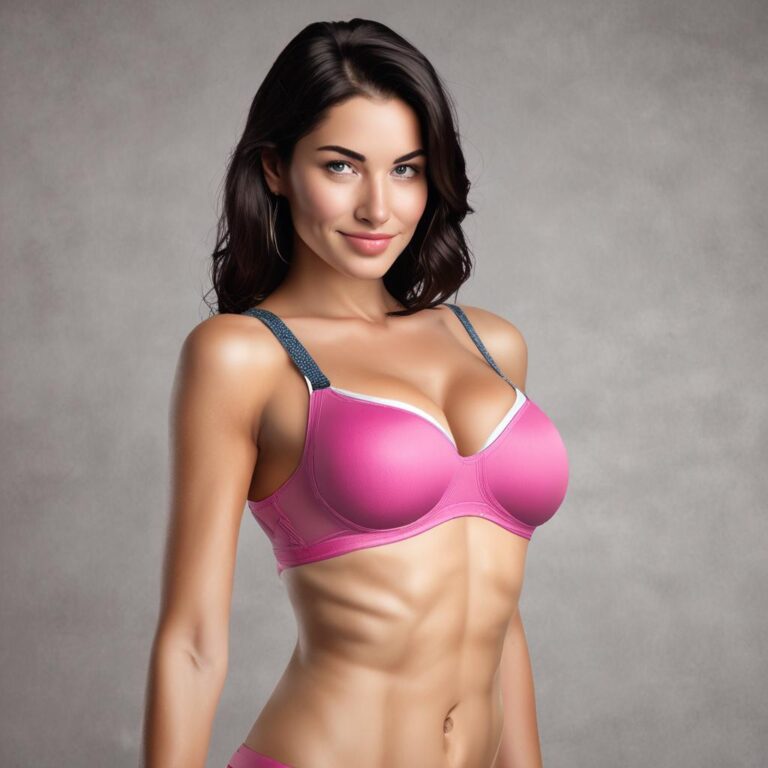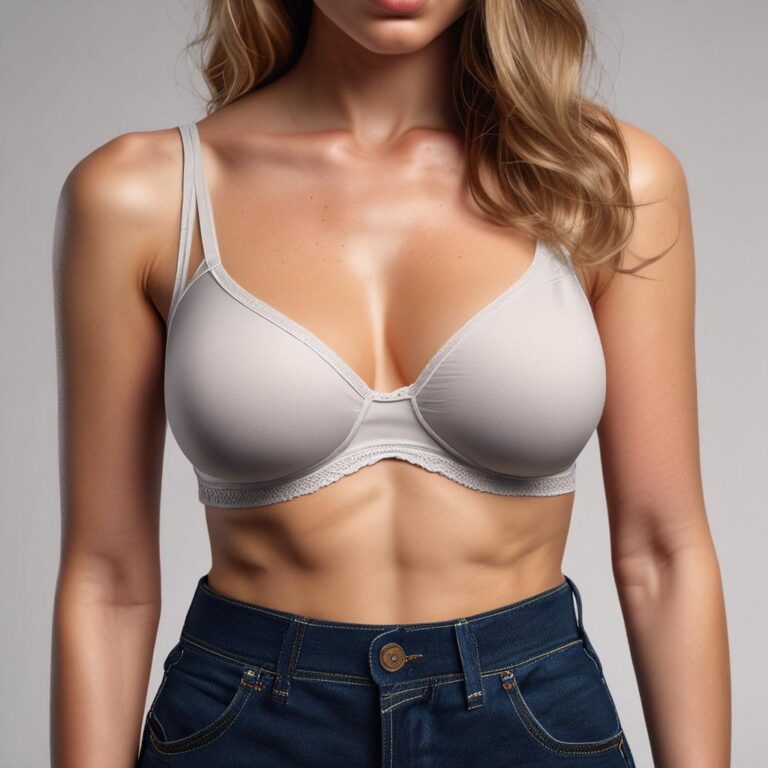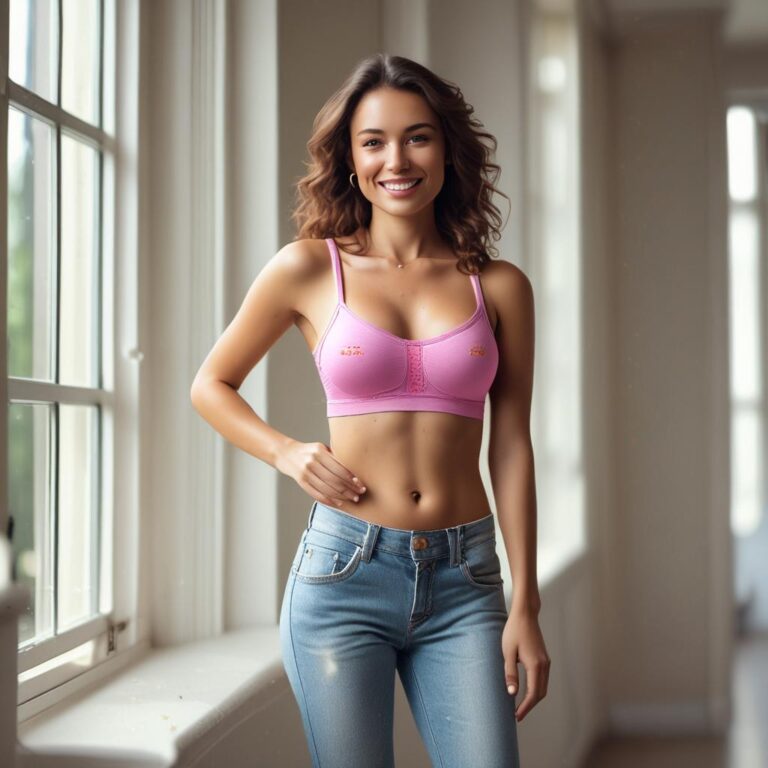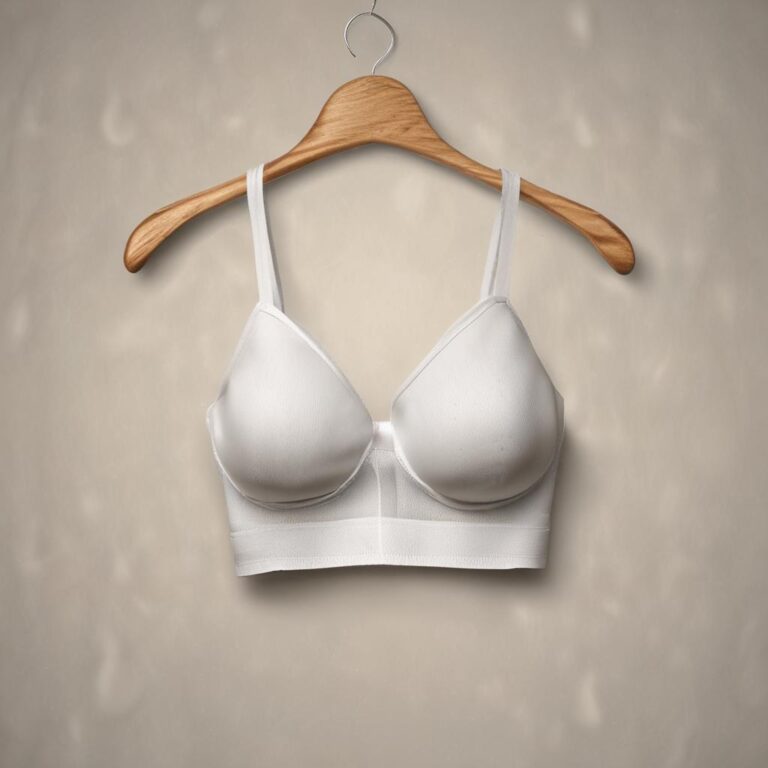Navigating the early stages of physical development can be both exciting and overwhelming for young girls and their parents. One of the key milestones during puberty is the transition to wearing a bra, and this is where training bras come in. Designed specifically for pre-teens and young teens, training bras offer gentle support and coverage during the initial phases of breast development. They serve as a comfortable introduction to wearing undergarments, helping girls feel more confident and at ease as their bodies change.
Historical Timeline
1913
First modern bra patented
1920s
Youth bras introduced
1950s
Teen bras become popular
1990s
Sports bras for teens emerge
2020s
Inclusive sizing expands
Timeline infographic for Who Should Wear Training Bra
Introduction to Training Bras
Training bras are lightweight undergarments crafted for girls who are beginning to develop breasts. Unlike regular bras, they are not intended to provide strong support but rather to help young girls get accustomed to the feeling of wearing a bra. These bras typically feature soft, stretchy materials and simple designs that prioritize comfort and flexibility. As a bridge between going without a bra and wearing a more structured one, training bras play a supportive role in a girl’s journey through puberty.
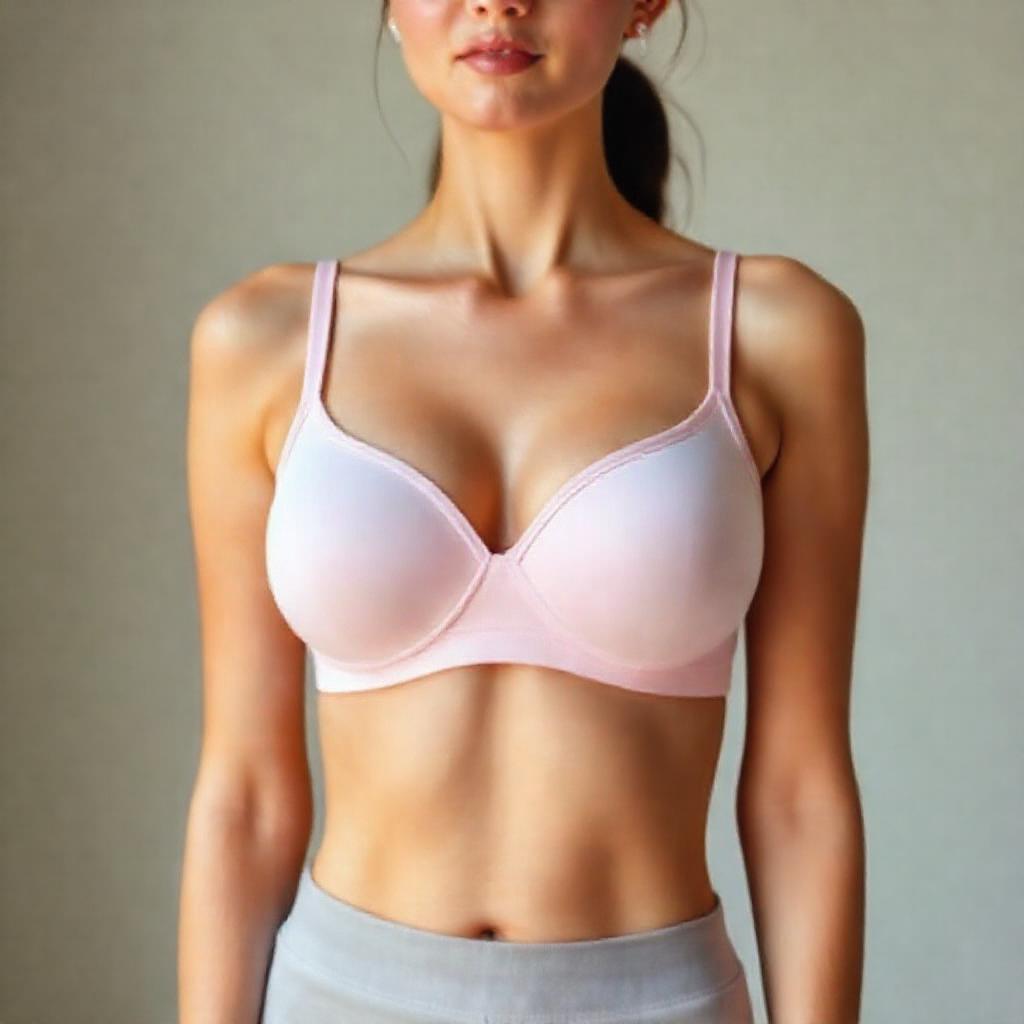
Understanding the Need for Training Bras
What are Training Bras?
Training bras are designed with the unique needs of developing bodies in mind. They often have soft, unlined cups made from breathable fabrics like cotton or microfiber, which reduce irritation and allow for airflow. Adjustable straps and stretchable bands accommodate growth spurts, ensuring a better fit over time. Available in small band sizes and minimal cup coverage, they differ from adult bras by focusing on simplicity, comfort, and adaptability rather than lift or shaping.
Benefits of Wearing Training Bras
One of the primary advantages of training bras is the gentle support they provide during early breast development, which can help reduce movement-related discomfort during daily activities. They also offer light coverage, minimizing self-consciousness—especially when wearing thin or tight clothing. Beyond physical comfort, training bras can boost confidence by helping girls feel more prepared and mature. Wearing a bra can be a symbolic step in growing up, and doing so in a comfortable, age-appropriate garment makes the experience more positive.
Who Should Wear Training Bras
Age and Developmental Stage
There’s no one-size-fits-all age for starting to wear a training bra, as every girl develops at her own pace. However, most begin considering them between the ages of 10 and 13, typically around Tanner Stage 2 or 3 of breast development. This is when breast buds form and slight protrusion becomes visible under clothing. The decision should be based more on physical changes and emotional readiness than on age alone. Open conversations between parents and daughters can help determine the right time to make the transition.
Signs Your Daughter Needs a Training Bra
Certain indicators can signal that it’s time to explore training bras. These include visible breast development under snug clothing, discomfort during physical activity like running or jumping, or frequent comments about feeling self-conscious. Some girls may also express interest in wearing a bra after seeing peers or media figures do so. Paying attention to these cues—and respecting your daughter’s feelings—can make the process supportive and empowering rather than pressured.
Choosing the Right Training Bra
Considerations for Selection
When selecting a training bra, prioritize comfort, fit, and fabric. Look for soft, non-irritating materials like cotton blends that allow the skin to breathe. Adjustable straps and stretchable bands help accommodate growth, while seamless designs prevent visible lines under clothes. It’s important to involve your daughter in the process, ensuring she feels comfortable trying on different styles. Brands that specialize in youth lingerie often offer sizing guides tailored to younger bodies, making it easier to find the right fit.
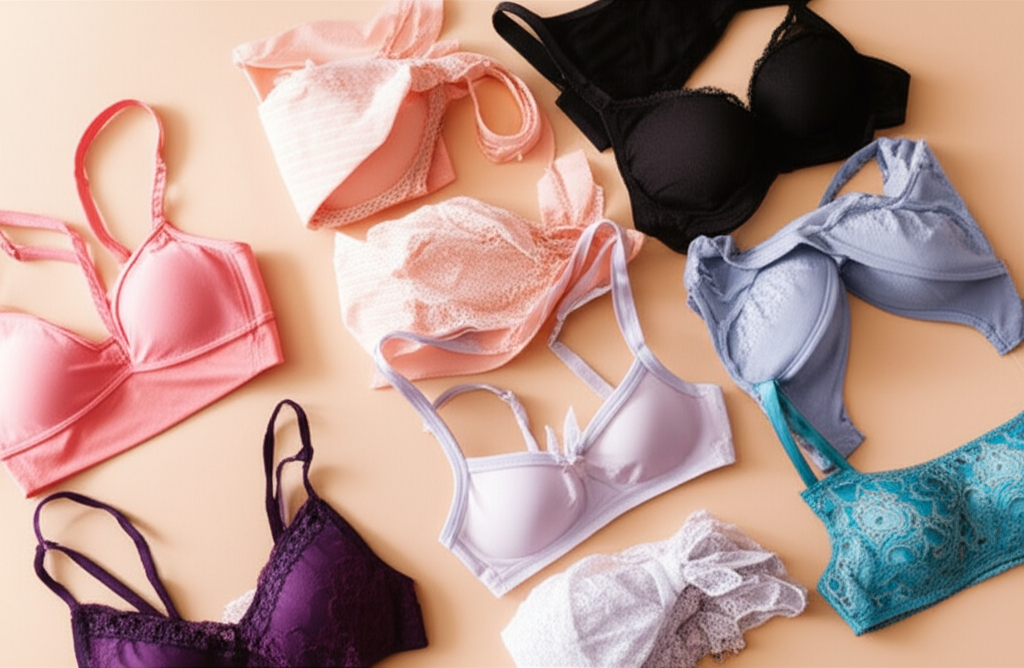
Popular Types of Training Bras
There are several styles of training bras to suit different preferences and needs. Soft cup bras are the most common, offering light shaping and coverage with minimal padding. Wireless training bras provide comfort without underwire, making them ideal for sensitive skin. Sports training bras are great for active girls, combining support with moisture-wicking fabric. Some training bras also come in camisole or tank top styles, which blend seamlessly into everyday wear and offer added coverage. Each type serves a purpose, so choosing the right one depends on lifestyle, comfort, and personal preference.
Frequently Asked Questions
Q: At what age should a girl start wearing a training bra?
A: The age can vary based on individual development, but typically, girls start considering training bras between 10 to 13 years old.
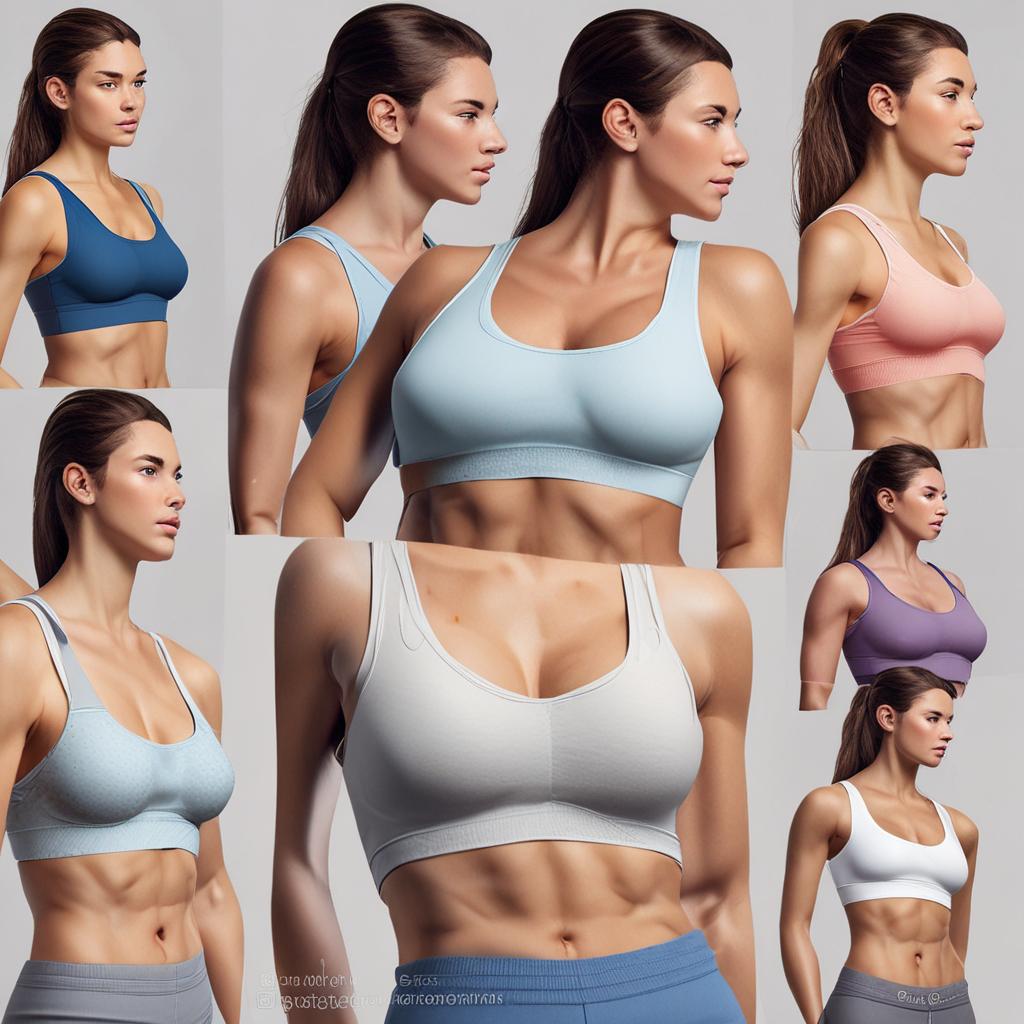
Q: How do I know if my daughter needs a training bra?
A: Look for signs of breast development, discomfort, or her expressing a desire to wear a bra. It’s also a good idea to have an open conversation with her about her needs and feelings.
Q: Are training bras necessary, or can my daughter just wear a regular bra?
A: Training bras are designed specifically for young, developing bodies and offer better comfort and support during this stage. They help girls get used to wearing a bra and can reduce discomfort and self-consciousness.
Conclusion on Training Bras
Training bras are more than just a piece of clothing—they’re a meaningful part of a young girl’s development journey. By offering comfort, light support, and a sense of confidence, they help bridge the gap between childhood and adolescence. Whether it’s the first bra or a step toward greater body awareness, choosing the right training bra can make a lasting difference. With the right fit, fabric, and support, girls can embrace this change with ease and assurance, knowing they’re wearing something designed just for them.

